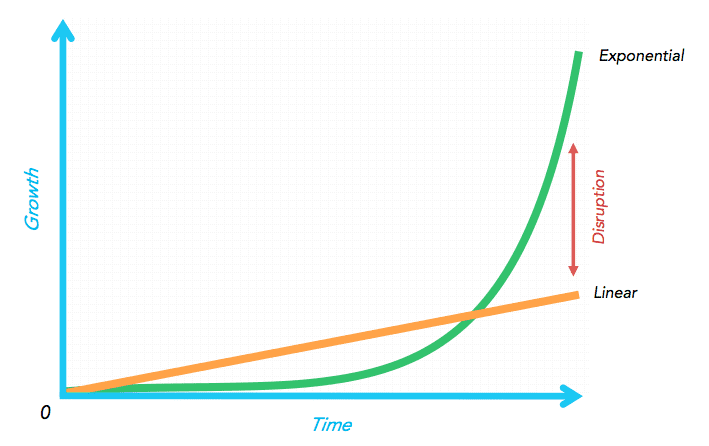- 12,242

- Marin County
Elon Musk has inexplicably trashed LIDAR as a method for Autonmous Vehicle "sight".
Disregarding that a camera is merely a sensor and 'recognition' relies on pattern recognition regardless of input, I mean, wouldn't you want both? Wouldn't you want the car to understand the precise 3D environment that it is traveling through? Instead of trying to infer it from photography? This looks like a deflection to me, and disingenuous as well. It would be one thing if Tesla had extensively researched and then reached a point with LIDAR where they determined that it wasn't feasible to say this....but I'm not aware that Tesla has tried to use LIDAR at all. I see several different development groups testing autonomous cars around downtown SF on a daily basis. They all have the tell-tale LIDAR setups. I've never seen a Tesla driving itself in an urban setting. I know several people who work in AV research, and all of them say that LIDAR is essential.
Having said that, I still don't think true consumer-grade Level 5 autonomy will ever happen. Levels 3 & 4 are fundamentally unsafe, so they won't (or shouldn't) happen either. That leaves us with Level 01/02, advanced cruise control basically. I don't believe it will go beyond this point before the current business cycle ends, and I don't think development will continue if there is a recession....possibly ever.
I'll be waiting to be proven wrong and will gladly admit it when I am.
Andrej Karparthy, Senior Director of AI, took the stage and explained that the world is built for visual recognition. Lidar systems, he said, have a hard time deciphering between a plastic bag and a rubber tire.
Expensive sensors that are unnecessary. It's like having a whole bunch of expensive appendices. Like one appendix is bad, well how about a whole bunch of them? That's ridiculous. You'll see.
Disregarding that a camera is merely a sensor and 'recognition' relies on pattern recognition regardless of input, I mean, wouldn't you want both? Wouldn't you want the car to understand the precise 3D environment that it is traveling through? Instead of trying to infer it from photography? This looks like a deflection to me, and disingenuous as well. It would be one thing if Tesla had extensively researched and then reached a point with LIDAR where they determined that it wasn't feasible to say this....but I'm not aware that Tesla has tried to use LIDAR at all. I see several different development groups testing autonomous cars around downtown SF on a daily basis. They all have the tell-tale LIDAR setups. I've never seen a Tesla driving itself in an urban setting. I know several people who work in AV research, and all of them say that LIDAR is essential.
Having said that, I still don't think true consumer-grade Level 5 autonomy will ever happen. Levels 3 & 4 are fundamentally unsafe, so they won't (or shouldn't) happen either. That leaves us with Level 01/02, advanced cruise control basically. I don't believe it will go beyond this point before the current business cycle ends, and I don't think development will continue if there is a recession....possibly ever.
I'll be waiting to be proven wrong and will gladly admit it when I am.


